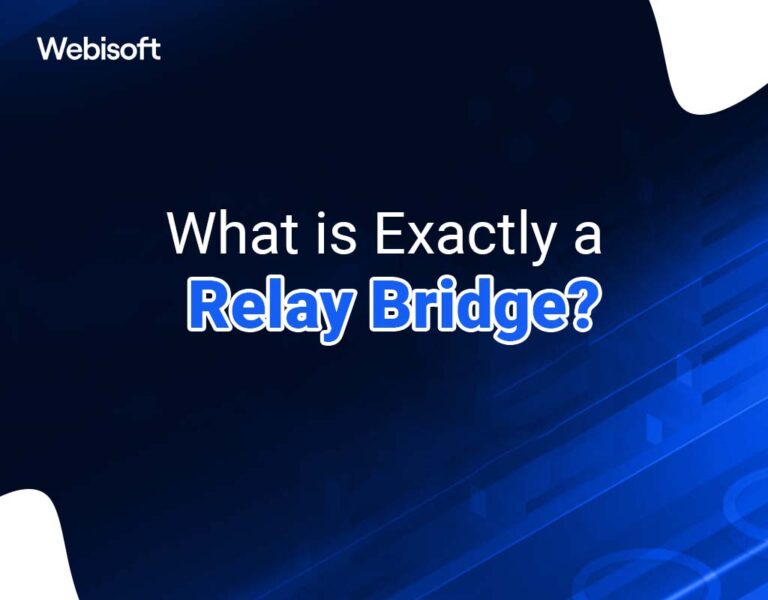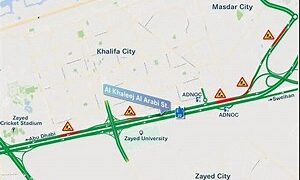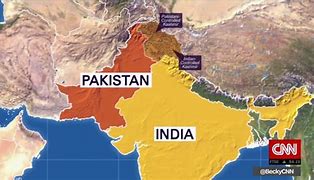Ever tried sending crypto from one chain to another and hit a brick wall? Yeah, me too. It’s like you’re juggling flaming swords blindfolded. Seriously, cross-chain transfers can be a total nightmare without the right tools. I mean, who wants to wait hours or pay crazy fees just to move assets around? Something felt off about the whole process until I stumbled on these new-age DeFi bridges and aggregators that promise to untangle the mess.
Here’s the thing. DeFi is supposed to be about freedom, right? Multi-chain DeFi especially. But if you can’t easily move your assets across chains, that freedom feels pretty fake. Initially, I thought all bridges were created equal—just some tech that hooks chains together. But then I realized there’s a significant difference in how they operate, and that difference can make or break your experience.
Short sentence: Wow! The complexity behind these protocols is insane. It’s not just about linking chains but also about security, speed, and liquidity. On one hand, you have simple bridges moving tokens; on the other, cross-chain aggregators optimize routing, fees, and slippage across multiple bridges. This layered approach is what truly powers multi-chain DeFi ecosystems today.
Let me put it this way—imagine you’re trying to drive from LA to NYC. A basic bridge is like a single highway: straightforward but possibly congested. A cross-chain aggregator, though? That’s a GPS for crypto, checking all routes, tolls, and traffic jams in real-time to get you there fastest and cheapest. I’ll be honest, that analogy bugs me a bit because roads aren’t nearly as volatile as DeFi networks, but you get the drift.
Okay, so check this out—Relay Bridge is one of those newer solutions that’s been catching my eye lately. What’s cool is how it combines security and speed with a user-friendly interface. I actually tried moving some assets through it recently, and the process felt smooth, unlike some older bridges where I had to refresh my wallet every five minutes. If you’re curious, you can find more details here. No pressure, but it might just save you a headache or two.
Let’s talk about multi-chain DeFi for a sec. This is where it gets really interesting because you’re not just shifting tokens—you’re moving entire positions, liquidity pools, or even NFTs across different ecosystems. The challenge? Not every chain plays nice with the others, and the fragmentation can lead to locked assets or lost opportunities. At first, I thought a universal bridge could solve this, but reality hit me: decentralization means diversity, and diversity means complexity.
Really? Yeah. On one hand, diversity of chains fuels innovation, but on the flip side, it creates a fragmentation headache that slows mass adoption. And then there’s the security factor. Some bridges have been hacked for millions—yeah, that’s a reality check right there. So I always keep an eye on how these bridges handle validation and consensus. Relay Bridge’s approach to decentralized validation nodes impressed me, though I’m not 100% sure if it’s bulletproof yet. Time will tell.
Something else to chew on is the aggregator angle. Why rely on just one bridge when you can tap into multiple? Cross-chain aggregators automatically pick the best path for your token swap or transfer, factoring in fees, speed, and reliability. It’s like having a savvy broker in the crypto jungle. But here’s the kicker: they depend heavily on the bridges underneath, so their strength is only as good as the weakest bridge in the network.
Now, I won’t pretend it’s perfect. There’s still a lot of room for improvement. Sometimes routes are suboptimal, or fees spike unpredictably during network congestion. I’ve run into delays and lost patience more than once. (Oh, and by the way, some bridges have clunky UX that makes you feel like you’re hacking the Pentagon.) Still, the progress is undeniable. Multi-chain DeFi is evolving fast, and with tools like Relay Bridge and these aggregators, the future looks promising.

Why Relay Bridge Stands Out in the Crowd
Honestly, I’m biased, but the design philosophy behind Relay Bridge feels very user-centric. They’re not just throwing tech at the problem—they’re thinking through real user pain points. For example, their integration with multiple chains and focus on decentralized validation help reduce single points of failure, which is very very important in this space. Plus, their fee model is transparent, which is a breath of fresh air compared to the mystery charges some platforms sneak in.
But wait—there’s more. The thing that blew me away was how Relay Bridge supports a wide range of assets, not just ERC-20 tokens. That’s a game changer for anyone dabbling in NFTs or newer token standards. It’s like having a Swiss army knife for cross-chain transfers. I’m not saying it’s flawless—some chains are still a bit glitchy—but it’s definitely ahead of where most bridges stand today.
Here’s a little nugget for those who love DeFi composability: Relay Bridge synergizes well with DeFi aggregators and lending protocols, making multi-chain yield farming or collateral management less of a juggling act. That’s huge, especially for folks who want to diversify risk across ecosystems. Initially, I underestimated how valuable that interoperability would be, but once you’re juggling multiple chains, it hits home pretty fast.
And if you’re wondering about security: Relay Bridge’s decentralized node approach means no single entity controls your assets mid-transfer. That’s a big plus compared to older bridges that rely on centralized custodians. Still, like any tech in crypto, it’s a risk balance game. I keep my assets distributed and don’t put anything I can’t afford to lose through one pipeline, no matter how shiny the tech looks.
By the way, if you want to dive deeper or test things out yourself, you can check out their official site here. It’s not some slick marketing page; it actually lays out the tech and processes in a way that’s understandable without drowning you in jargon.
The Bigger Picture: Multi-Chain DeFi’s Growing Pains and Promise
Multi-chain DeFi is like the Wild West right now, full of opportunity but also plenty of risk. The ecosystem is fragmented, and honestly, it’s frustrating when you can’t move your assets across chains quickly and cheaply. But these bridges and aggregators are the sheriffs trying to bring order. The catch? They all have their quirks, tradeoffs, and vulnerabilities.
On one hand, I see a future where these tools mature into seamless infrastructure that just works. On the other, I’m wary because every new layer adds complexity and potential points of failure. But actually, wait—let me rephrase that. The complexity might be necessary to handle the diversity of blockchains and assets. Simplification is great, but not at the cost of decentralization or security.
Personally, I’m watching how Relay Bridge and its peers evolve because they’re tackling the problem in a thoughtful way. It’s not just about flashy features but about building trust and resilience in an ecosystem that desperately needs it. Multi-chain DeFi could unlock massive value and innovation, but only if the plumbing works right.
So yeah, if you’re into exploring cross-chain transfers or just tired of being stuck on one blockchain, it’s worth getting to know these bridges and aggregators better. The tech is still young, a bit rough around the edges, and sometimes confusing. But the alternative—sticking to a single chain and missing out—is even worse. For a solid starting point, you can find more info here. It’s definitely worth a look.
Common Questions About DeFi Bridges and Cross-Chain Aggregators
What exactly is a DeFi bridge?
In simple terms, a DeFi bridge connects two or more blockchain networks, allowing users to transfer tokens or data between them. It’s like a digital ferry for your crypto assets, enabling interoperability across different ecosystems.
How do cross-chain aggregators improve on basic bridges?
Cross-chain aggregators don’t just connect chains—they optimize routes using multiple bridges simultaneously. They find the cheapest, fastest path for transfers, reducing fees and slippage by comparing options in real-time.
Is using multi-chain DeFi safe?
Safety depends on the protocols involved. Decentralized validation and transparent operations, like those employed by Relay Bridge, improve security. However, no system is risk-free, so spreading risk and due diligence are essential.
Why should I care about multi-chain DeFi?
Because it gives you flexibility and access to diverse opportunities across ecosystems. You can optimize yields, diversify risk, and engage with different DeFi applications without being stuck on one chain.










